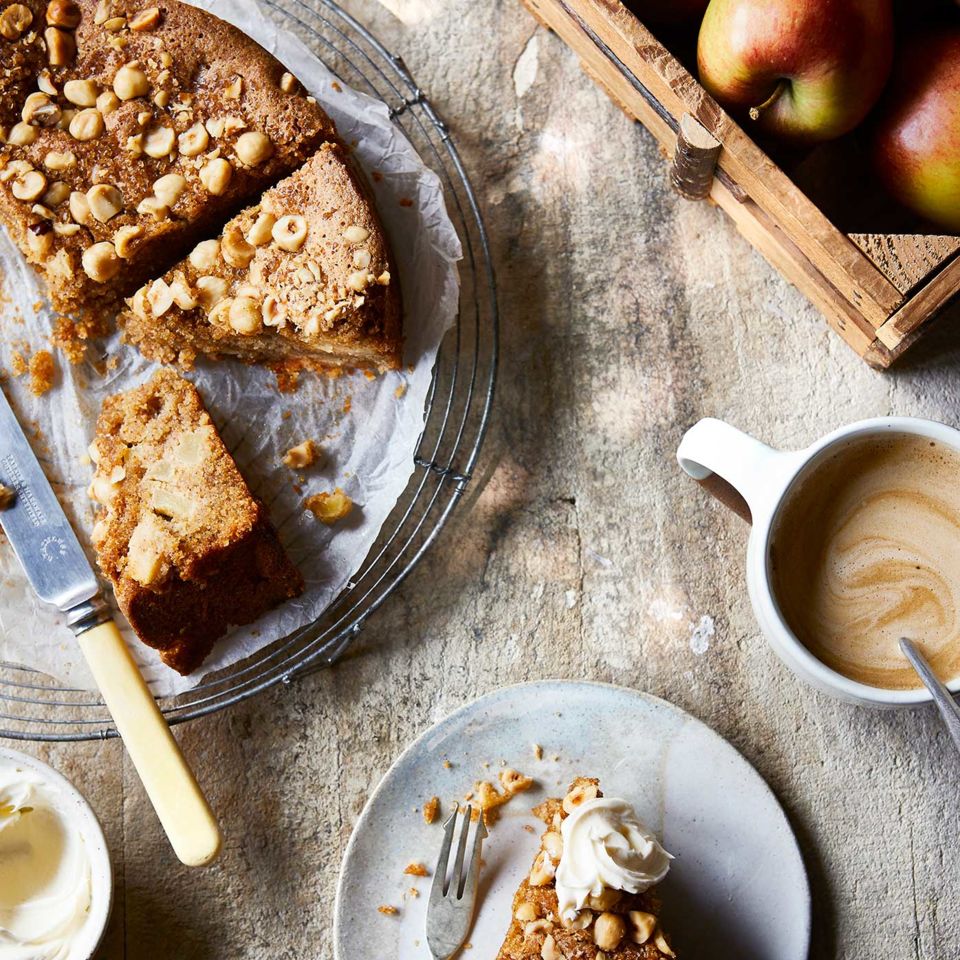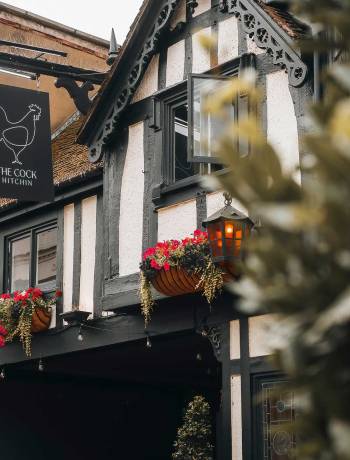Food
Oil rich: discover the secrets of olive oil in Tuscany
by Helena Lang
At a beautiful villa in Tuscany Helena Lang discovers the secrets of olive oil and why this golden elixir is renowned for its health benefits...

When cookery writer Elizabeth David encouraged Brits to start using olive oil back in 1950 she couldn't have imagined that nowadays we would be using over 60,000 tonnes of it a year...

I'm standing admiring the sculptured beauty of trees in the largest olive grove in Italy. The trees are three of over 600 varieties that we see all across the Mediterranean countries and each of their fruit ripens at a slightly different time. Peeking through the trees is a low-level terracotta Tuscan villa, the ‘home’ of the Filippo Berio brand and our base for a few days while we take in just how olive oil is produced and why, its renowned health benefits, and the dangers facing its production.
In the beginning
At this the world’s largest producer, the 200 employees have perfected the simple techniques of extracting oil from olives and also achieving the best harvest using clever systems of irrigation and pruning the trees. Their current issue is a virus (Xylella Fastidiosa) known as the ‘olive ebola’, spread by spittlebugs – flies who deposit their saliva on the leaves. It was reputedly imported from the US on some oleander plants that were used to line highways in southern Puglia. Here, a few hundred metres from the villa, there is a mill where they crush the olives from the immediate area to test their quality and also have a little laboratory for the company’s experts to experiment with blends. In a good year they can produce 10,000 litres of Tuscan oil. A few miles away is the much larger main factory and distribution centre where the bulk of production happens, all 90 million litres of it from oil not just from Italy but also the other large Mediterranean olive producers such as Morocco, Portugal, Greece and Spain. As Italy itself consumes more olive oil than it produces, this makes perfect sense and is in fact common for many items we consider Italian produce – they don't grow coffee beans in Italy for instance, and almost all the wheat for pasta is grown in North America.
Over a splendid lunch in the sun-filled villa, of typical delights including stuffed courgette flowers, crudites and salads (plus, of course, bread for dipping in little dishes of oil), we hear how Filippo Berio was started by its eponymous creator in 1867. Filippo himself was born in 1823 in Liguria in Italy but moved to Lucca after becoming an olive trader as the fruit there was better. His hit business idea was supplying olive oil to migrants leaving Italy for the new world. The brand is no longer family owned but the ethos remains the same and, as well as Europe, they are breaking into new markets, such as China, where there is a huge demand.

The perfect blend
Choosing the oil to go into Filippo Berio bottles is a specialist task. The team are sent 6,000 samples to taste from the various suppliers and only 6% get selected. Consistency of taste and quality is key for each of the 14 different types and blends and there is daily testing and tasting to make sure the ‘house style’ is maintained. The olives are crushed where they are grown – the fruit decays very quickly once picked – and then the oil shipped to Italy. Pretty much all the world’s production happens in the Mediterranean basin where the near-constant temperatures suit the crop. It’s fascinating to taste the difference between the varieties, much like wine, the ‘terroir’ of a region is a defining factor. Some are a vivid green and have a very strong, almost bitter flavour, others quite golden in colour and have a creamy, nutty flavour. The brand's speciality is producing great value, high-quality oil – according to them ‘anyone can produce a fabulous £10 bottle of olive oil, the challenge is doing this for £4.’ Production is very strictly regulated in the EU and each type of oil has to meet a strict criteria, including acidity levels, before it reaches market.

Drip and drizzle
We learn how the Italians, especially from this region, use oil – they drizzle it like a condiment to give a peppery, juicy dressing to steaks and salads, risottos and pastas. I’m a convert and have immediately started to do this at home. What’s important is to use a green, fresh extra-virgin oil that’s harvested early. In Spain they use the oil to cook with, something many of us do now as a matter of course, and here a golden oil from a late harvest is the most suitable.
And, what of the health benefits? Unbelievably Filippo Berio were until recently banned from advertising on London taxis due to the Mayor’s directive on advertising high fat foods. This decision has now been overturned, reflecting our increased understanding of monounsaturated fat which we now know promotes good cholesterol and is loaded with polyphenols and antioxidants that mop up damaging free radicals and can improve everything, including our mental health. According to experts only 20ml per day can improve our health and top up our levels of vitamin E and healthy fats – possibly the best way to eat 180 calories – and younger olive oil fans are adding it to smoothies, drizzling it over their avocado on toast and using it to dress their quinoa salads. Back in 1950 when Elizabeth David declared it was good for more things than just curing earaches (they poured it in), she was very much ahead of her time.
Try our delicious recipes:












